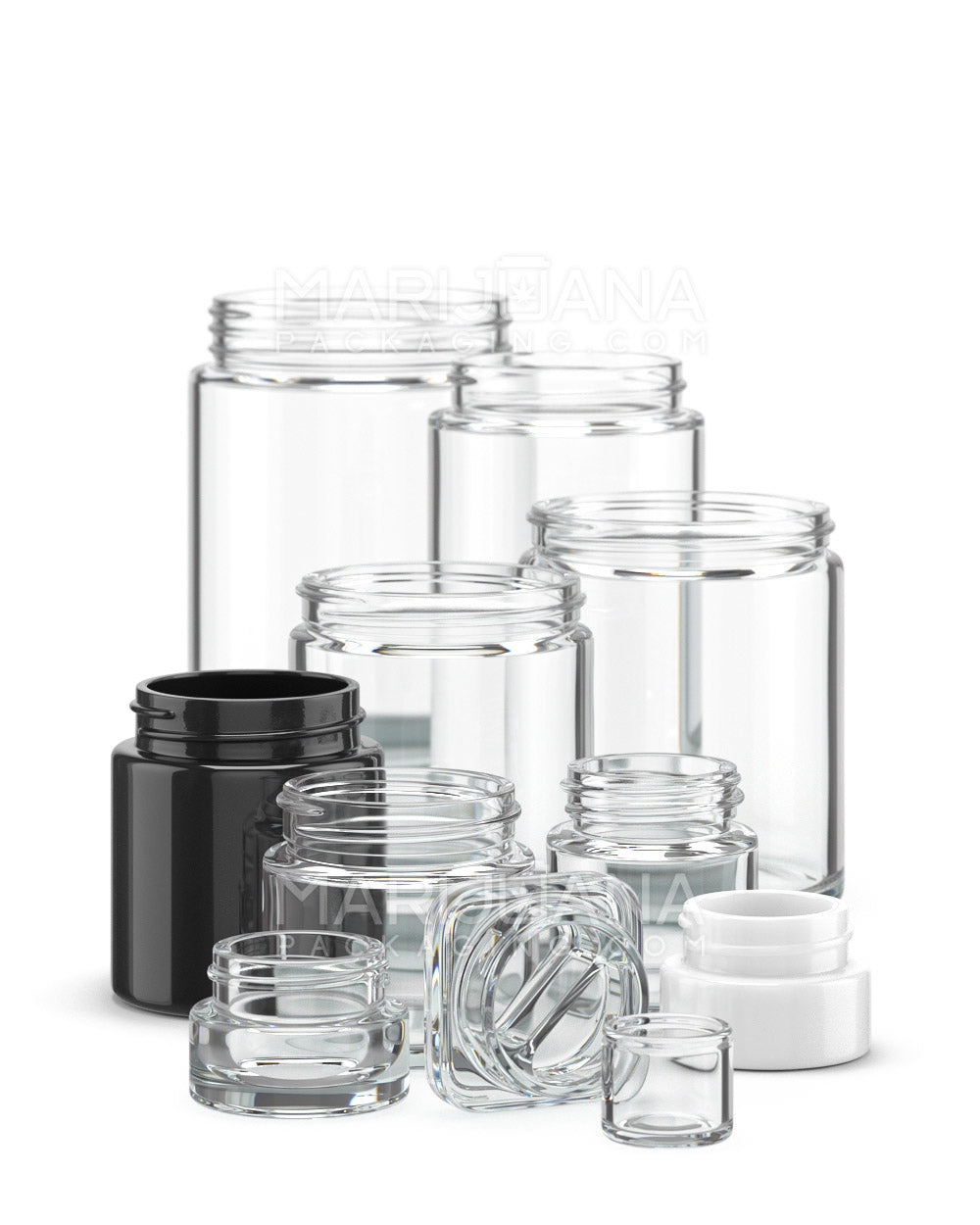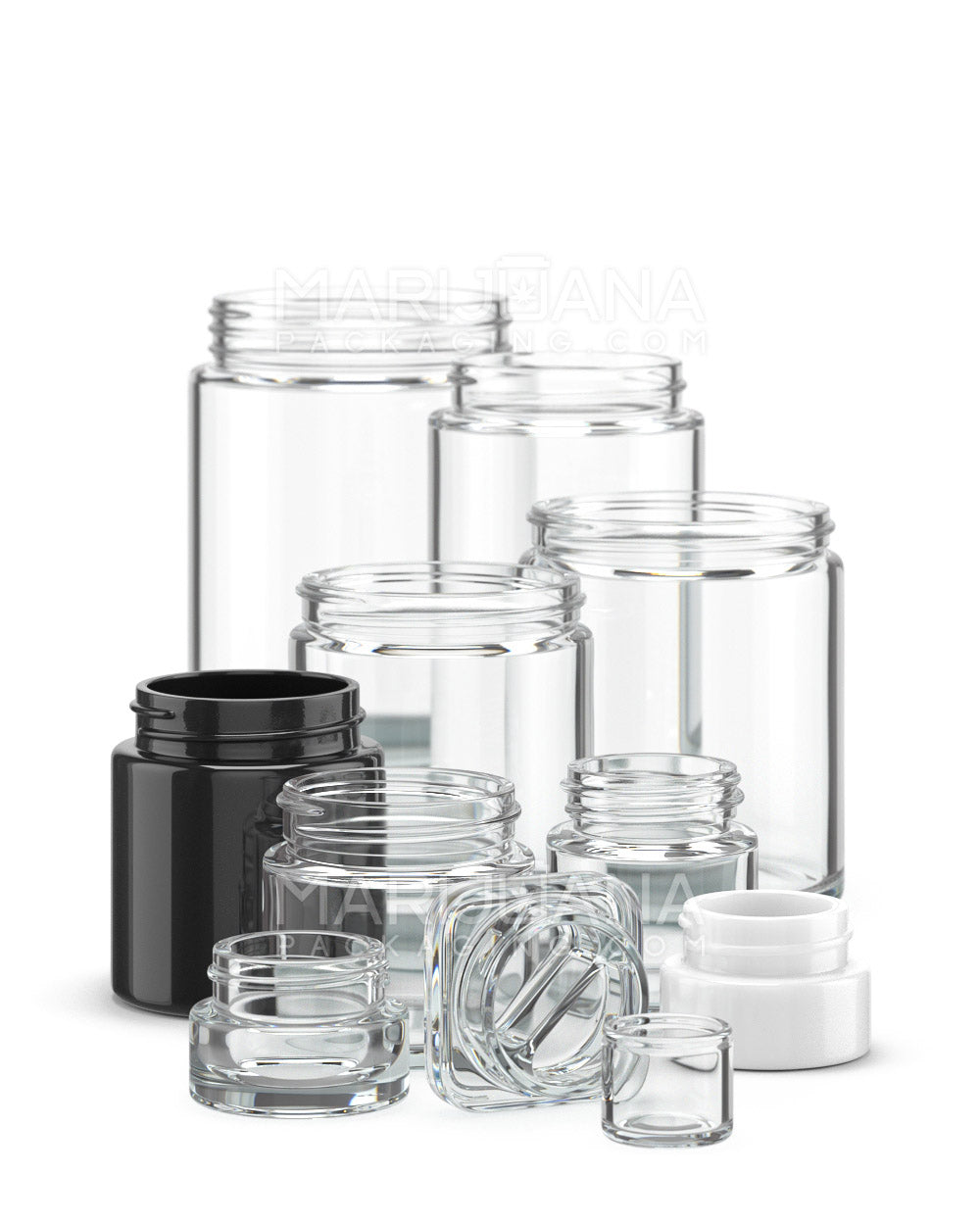When it comes to growing marijuana, one of the first things that come to mind is the type of soil you'll need. But what if you're in a region where sand is more abundant than rich, dark earth? Can marijuana grow in sand? This is a question that might seem a tad unconventional, but it's fascinating and worth exploring.
This article will take you through the possibilities and challenges of growing marijuana in sand. We'll look at the characteristics of sand as a growing medium, how it compares to traditional soil, and what you might need to do differently to ensure a successful harvest. Whether you're a curious gardener or a seasoned cannabis cultivator, this discussion promises to shed some light on an unusual yet intriguing topic.
Understanding Sand as a Growing Medium
Sand is essentially composed of finely divided rock and mineral particles. It's gritty, doesn't hold water well, and lacks organic nutrients. These characteristics make it quite different from the loamy soil most plants thrive in. However, sand does have its unique qualities that can be advantageous in specific circumstances.
One of the primary benefits of sand is its excellent drainage capacity. This can be a lifesaver in areas where heavy rainfall is frequent, as it prevents waterlogging, which can suffocate plant roots. Also, the light texture of sand makes it easier for roots to spread and grow. But, while these features are appealing, they also come with their own set of challenges.
Sand's lack of nutrients means you'll need to supplement with fertilizers regularly. Since it doesn't retain moisture well, you'll also have to water your plants more frequently. This can increase your workload, but with a well-thought-out plan, it's not impossible to manage.
Can Marijuana Really Grow in Sand?
Yes, marijuana can grow in sand, but it's not the most straightforward process. Sand alone doesn't provide the nutrients or moisture retention that cannabis plants need to flourish. However, with the right amendments and care, it can be done.
Growing marijuana in sand will require a more hands-on approach compared to traditional soil. You'll need to closely monitor the plants' needs, ensuring they receive adequate water and nutrients. This might mean setting up a drip irrigation system or scheduling regular watering to prevent the plants from drying out.
Amending the sand with organic matter such as compost or well-rotted manure can help improve its nutrient content and water retention. Adding perlite or vermiculite can also enhance aeration and drainage, creating a more hospitable environment for your marijuana plants.
Preparing Sand for Cannabis Cultivation
Before planting marijuana in sand, some preparation is necessary to create an optimal growing environment. Here's a step-by-step guide to help you get started:
- Test the pH: Marijuana prefers a slightly acidic to neutral pH level, typically between 6.0 and 7.0. Sand can sometimes be more alkaline, so it's important to test and adjust the pH if needed.
- Add Organic Matter: Mix in organic materials like compost, peat moss, or coconut coir to improve the sand's nutrient content and moisture retention.
- Incorporate Nutrients: Use a balanced fertilizer to provide essential nutrients. You may need to fertilize more frequently since sand doesn't hold nutrients well.
- Improve Drainage: While sand drains well, mixing in perlite or vermiculite can help maintain the right balance of moisture while preventing compaction.
By taking these steps, you'll create a more balanced growing medium within the sandy environment, setting the stage for healthy plant growth.
Watering Considerations for Sand-Grown Marijuana
One of the biggest challenges of growing marijuana in sand is its poor water retention. This means you'll need to be diligent about watering to ensure your plants stay hydrated. But how do you strike the right balance?
Frequent, light watering is often more effective than heavy, infrequent watering. This approach helps keep the root zone moist without causing water to quickly drain away. Consider setting up a drip irrigation system for consistent moisture delivery, which can save time and effort.
Monitoring soil moisture levels is also crucial. You can use a moisture meter or simply dig down a few inches to check if the soil feels dry. If it's dry, it's time to water. Just remember that overwatering can be as damaging as underwatering, so finding that sweet spot is essential.
Fertilization: Feeding Your Sand-Grown Cannabis
Since sand lacks the nutrients that cannabis plants need, regular fertilization is a must. You'll want to start with a good quality, balanced fertilizer that provides essential nutrients like nitrogen, phosphorus, and potassium.
Fertilize your plants every couple of weeks, adjusting the frequency based on the plant's growth stage. During the vegetative phase, cannabis plants need more nitrogen to support leaf and stem growth. As they transition to the flowering stage, they'll require more phosphorus and potassium to promote bud development.
Organic options, such as compost tea or fish emulsion, can be excellent choices for feeding sand-grown cannabis, as they not only provide nutrients but also help improve the soil's overall structure and health.
Choosing the Right Marijuana Strains for Sand
Not all cannabis strains are created equal, and some may fare better in sandy environments than others. When selecting strains for sand cultivation, consider those that are known for their resilience and adaptability.
Indica strains, for example, tend to be hardier and more robust, making them a good choice for challenging growing conditions. Autoflowering strains, which are bred to be less finicky and more resistant to stress, can also be a wise option.
Do some research on specific strains that have been successfully cultivated in sandy or less-than-ideal conditions. Reach out to other growers for recommendations or experiment with a few different strains to see which ones thrive in your unique setup.
Common Challenges and How to Overcome Them
Growing marijuana in sand presents unique challenges, but with some know-how and persistence, they can be overcome. Here are a few common issues and how to tackle them:
- Nutrient Deficiencies: Regularly test and amend the soil with fertilizers to ensure plants receive necessary nutrients.
- Water Retention: Use organic matter and moisture-retaining additives to improve water-holding capacity.
- pH Imbalance: Test soil pH frequently and adjust as needed to maintain the ideal range.
- Pests and Diseases: Keep an eye out for pests and treat with organic pest control methods. Healthy plants are less susceptible to diseases, so maintain proper care and hygiene.
By staying proactive and attentive to your plants' needs, you can address these challenges and support healthy growth.
Harvesting and Post-Harvest Considerations
After months of nurturing your sand-grown cannabis, the time will come to harvest. The harvesting process is similar to plants grown in more traditional media, but you'll want to pay special attention to a few details.
Ensure your plants are fully mature before harvesting by checking the trichomes, which should be milky white with some turning amber. This indicates optimal potency. Carefully cut the branches and hang them upside down in a dark, well-ventilated area to dry.
After drying, trim the buds and cure them in glass jars to enhance flavor and potency. Curing is particularly important for sand-grown cannabis, as it can help remove any harshness and bring out the full spectrum of flavors.
Final Thoughts
Growing marijuana in sand is certainly a unique challenge, but it's not an impossible one. With the right knowledge and preparation, you can nurture healthy cannabis plants even in less-than-ideal conditions. From preparing the sand to choosing the right strains, every step matters in this rewarding journey.
If you're looking to package your sand-grown cannabis or any other products, Gamut is your go-to solution. With over a decade of expertise in packaging for consumer goods, Gamut offers a full spectrum of packaging solutions. Whether you need stock options, custom designs, or industry-specific solutions, Gamut runs the gamut to meet your needs. Their services are tailored to help your brand stand out, making your products unforgettable in any market.



















